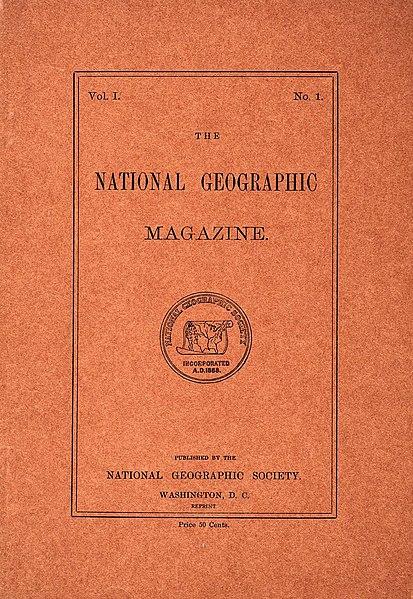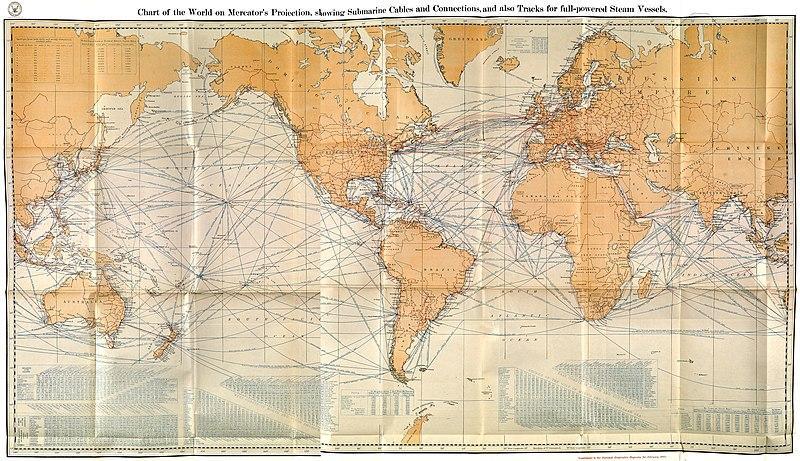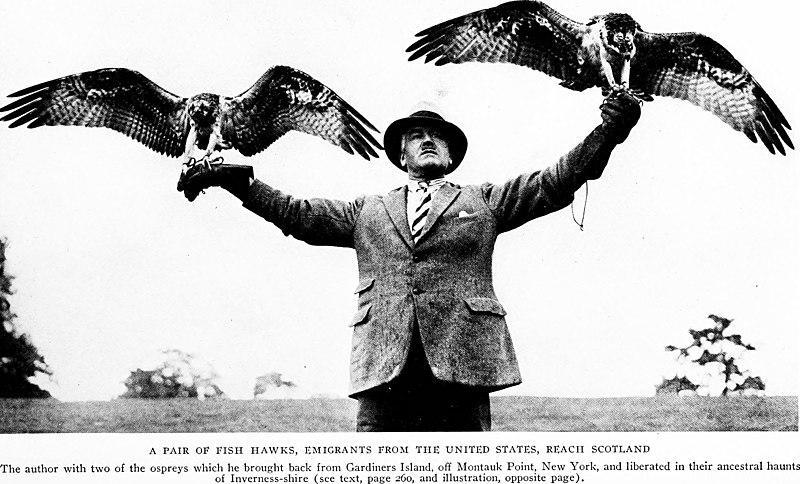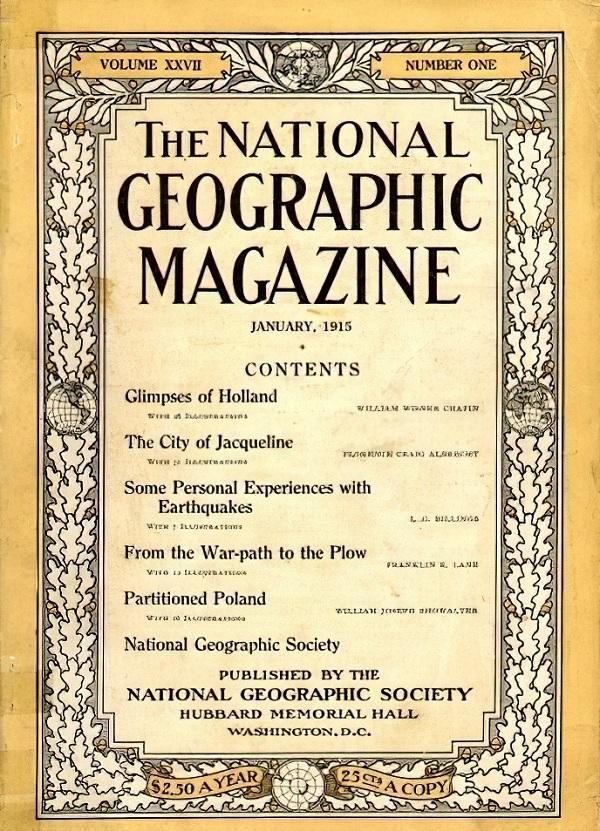Origin
The National Geographic Society is a non-profit organization that was founded in 1888. Its mission is to promote education, environmental protection, and historical preservation. The Society is governed by a board of trustees whose 33 members include distinguished educators, business executives, former government officials, and conservationists.
One of the Society’s main goals is to increase and diffuse geographic knowledge. It does this through a variety of means, including sponsoring and funding scientific research and exploration. National Geographic maintains a museum for the public in its Washington, D.C. headquarters, and it has helped to sponsor popular traveling exhibits such as the King Tut exhibit featuring artifacts from the tomb of the young Egyptian Pharaoh.
The Society began as a club for an elite group of academics and wealthy patrons interested in travel and exploration. On January 13, 1888, 33 explorers and scientists gathered at the Cosmos Club, a private club then located on Lafayette Square in Washington, D.C., to organize “a society for the increase and diffusion of geographical knowledge.” After preparing a constitution and a plan of organization, the National Geographic Society was incorporated two weeks later on January 27.

National Geographic Magazine’s first issue cover. Date: September 22, 1888.
Education Foundation
The Society’s Education Foundation gives grants to education organizations and individuals to improve geography education. Its Committee for Research and Exploration has awarded more than 11,000 grants for scientific research and exploration. National Geographic has retail stores in Washington, D.C., London, Sydney, and Panama.
The Society’s media arm is National Geographic Partners, a joint venture between The Walt Disney Company and the Society. National Geographic Partners publishes a journal, National Geographic, in English and nearly 40 local-language editions. It also publishes other magazines, books, school products, maps, and Web and film products in numerous languages and countries. National Geographic’s various media properties reach more than 280 million people monthly.
The Society’s efforts are supported by a wide range of individual, charitable, governmental, and corporate donors, including the Leonardo DiCaprio Foundation, Bill & Melinda Gates Foundation, Lockheed Martin, Pfizer, National Endowment for the Humanities, and many others.

Chart of the World on Mercator’s Projection, stowing Submarine Cables and Connections, and also Tracks for full-powered Steam Vessels. Volume 16. 1905. Page 81.
The National Geographic Society’s First Full-Time Editor
Gardiner Greene Hubbard, co-founder of AT&T, became the Society’s first president, and his son-in-law, Alexander Graham Bell, also a co-founder of AT&T, succeeded him in 1897. In 1899, Bell’s son-in-law Gilbert Hovey Grosvenor was named the first full-time editor of National Geographic magazine and served the organization for fifty-five years, until 1954. Members of the Grosvenor family have played important roles in the organization since.
The National Geographic Society has helped to sponsor many expeditions and research projects over the years. The Hubbard Medal is awarded by the Society for distinction in exploration, discovery, and research. The medal is named for Gardiner Greene Hubbard, the first National Geographic Society president.
The Society also awards, rarely, the Alexander Graham Bell Medal, for exceptional contributions to geographic research. The award is named after Alexander Graham Bell, scientist, inventor of the telephone, and the second president of the NGS.
The Society operates the National Geographic Museum, located in Washington, D.C. The museum features changing exhibitions featuring the work of National Geographic explorers, photographers, and scientists. There are also changing exhibits related to natural history, culture, history, or society.
National Geographic Partners is a for-profit joint venture between The Walt Disney Company (which owns a 73% stake) and the Society (which owns 27%). It was established in 2015 to handle the commercial activities of the Society, including television channels worldwide and magazine publications. Most of National Geographic Partners’ businesses pre

An early National Geography photograph. Date Unknown.
National Geographic Museum
The National Geographic Museum is a museum in Washington, D.C. that features changing exhibitions featuring the work of National Geographic explorers, photographers, and scientists. The museum also includes changing exhibits related to natural history, culture, history or society. Permanent exhibits include artifacts such as the camera Robert Peary used at the North Pole and pottery that Jacques Cousteau recovered from a shipwreck.
One of the most popular exhibits at the National Geographic Museum was the “Titanic: 100 Year Obsession” exhibit, which ran from 2012-2013. The exhibit featured artifacts from the ill-fated Titanic, as well as photographs and other memorabilia related to the ship and its passengers.
Other notable exhibits at the museum have included “Indiana Jones and the Adventure of Archaeology”, which explored the real-life science behind the Indiana Jones movie franchise, and “Tomb of Christ”, which examined the history and archaeology of the Church of the Holy Sepulchre in Jerusalem.
Publications
National Geographic magazine, first published in 1888, is the Society’s flagship publication. It is a monthly magazine that covers topics related to geography, science, history, and culture, and features stunning photography and in-depth reporting from around the world. National Geographic magazine is currently published in 40 local-language editions in many countries around the world. Combined English and other language circulation is around 6.8 million monthly, with some 60 million readers.
In addition to the magazine, the National Geographic Society publishes several other periodicals, including National Geographic Kids, a version of the magazine for children, and National Geographic Traveler, a magazine focused on travel and exploration.
The Society also publishes books, atlases, and maps through National Geographic Books and National Geographic Maps, commercial publishing divisions of National Geographic Partners. It previously published and co-published other magazines, including National Geographic Adventure and National Geographic Research, a scientific journal, and continues to publish special issues of various magazines.
Criticism and controversies
While the National Geographic Society is widely respected for its contributions to science, education, and exploration, it has also faced criticism and controversy over the years.
One area of criticism has been the Society’s portrayal of non-Western cultures in its magazine and other publications. Critics have argued that National Geographic has often exoticized and romanticized other cultures, portraying them as primitive or backwards. The Society has acknowledged this criticism and has worked to improve its coverage of non-Western cultures in recent years.
Another controversy involving the National Geographic Society has been its relationship with the Egyptian government and its former head of antiquities, Zahi Hawass. In 2013, the Society was investigated for possible violation of the Foreign Corrupt Practices Act relating to its close association with Hawass, who was responsible for managing Egypt’s ancient monuments and artifacts. The investigation was closed in 2015 without any charges being filed.
More recently, National Geographic has faced criticism over its coverage of climate change. Some critics have argued that the Society has been too cautious in its reporting on the issue, downplaying the severity of the problem and failing to call for urgent action. The Society has defended its coverage, stating that it is committed to providing accurate, evidence-based reporting.
National Geographic Expeditions
National Geographic Expeditions was launched in 1999 to fulfill one of the National Geographic Society’s missions, which is to educate people about the world by offering immersive travel experiences. The National Geographic Expeditions provide in-depth explorations and hands-on learning opportunities that offer more than what a typical tourist might experience.
These expeditions provide people with the chance to travel to remote and fascinating destinations with the guidance of local experts and National Geographic researchers. These trips offer a wide range of experiences, from cultural immersions to wildlife encounters and adventure activities. In addition, there are different kinds of expeditions to suit different preferences and interests, such as cruises, land expeditions, photography expeditions, family trips, and private trips.
National Geographic Expeditions also provides learning opportunities through a wide range of educational travel programs for people of all ages, including students and teachers. These programs include trips to field sites, internships, and study abroad opportunities. National Geographic Student Expeditions offers a variety of summer programs that take high school students to destinations around the world for hands-on learning, field-based research, and cultural immersion.
The Expeditions also offer philanthropic travel experiences that support the National Geographic Society’s mission. These trips enable travelers to make a positive impact in the places they visit by supporting conservation and sustainable tourism projects. Through these trips, travelers can learn about pressing environmental and cultural issues and how they can make a difference.
National Geographic Museum
The National Geographic Museum is an exhibition space located in Washington, D.C., that showcases the work of National Geographic explorers, photographers, and scientists. The museum hosts a variety of exhibitions related to natural history, culture, history, and society, often featuring rare artifacts and multimedia displays. The museum also features interactive exhibits that allow visitors to engage with the content in unique ways.
Some notable past exhibitions at the museum include “Queens of Egypt,” which featured ancient Egyptian artifacts and a 3D virtual tour of the pyramids, and “Tomb of Christ,” which explored the history and archaeology of the Church of the Holy Sepulchre in Jerusalem.
In addition to the exhibitions, the museum also hosts public events, lectures, and screenings of National Geographic documentaries. The museum’s gift shop offers a wide selection of National Geographic merchandise, including books, maps, and educational toys.
National Geographic Partners
National Geographic Partners is a for-profit joint venture between the National Geographic Society and The Walt Disney Company, established in 2015 to handle the Society’s commercial activities, including television channels worldwide and magazine publications. National Geographic Partners is 73% owned by The Walt Disney Company, with the remaining 27% owned by the National Geographic Society.
National Geographic Partners has its headquarters in Washington, D.C., and operates multiple media outlets, including National Geographic magazine, National Geographic Kids, National Geographic Traveler, and National Geographic Adventure. The company also owns and operates the National Geographic TV channels, which are available in over 172 countries and in 43 languages.
National Geographic Partners has a robust digital presence, with a website and social media accounts that provide news, articles, and videos related to science, history, culture, and the environment. The company’s digital content is widely shared on social media platforms, and it has a significant online following.
National Geographic Partners also operates the National Geographic Society’s education programs, which aim to provide engaging and effective resources to improve geographic education. These programs include educational materials, online courses, and professional development for teachers.
National Geographic Society Grants
The National Geographic Society offers a wide range of grants to support scientific research, conservation, and exploration. The Society’s grants program has awarded over 13,000 grants to scientists, educators, and explorers, and it has funded research in over 160 countries.
Philanthropic Efforts
Another notable aspect of the National Geographic Society is its philanthropic efforts. The Society has a foundation, the National Geographic Society Education Foundation, which provides grants and funding for various educational projects and initiatives, particularly those focused on improving geography education. Over the years, the foundation has supported a wide range of programs, including teacher training, student research projects, and the development of new educational materials.
In addition to its foundation, the Society has also been involved in a number of humanitarian efforts. For example, during World War II, the Society helped to fund and organize relief efforts for civilians affected by the conflict. The Society also played a role in the development of the United Nations, and it has been involved in efforts to promote peace and understanding between different cultures and nations.
Commercial ventures
In 2015, the National Geographic Society reorganized its media properties and publications into a new company known as National Geographic Partners. This for-profit corporation is majority-owned by The Walt Disney Company, with a 73% stake, and includes National Geographic magazine, affiliated television networks, and other magazines. National Geographic Partners also operates a music division, National Geographic Music and Radio, and a cinema division, National Geographic Cinema Ventures. Its commercial arm also includes educational materials and travel experiences, such as National Geographic Expeditions, which offers guided trips to destinations around the world.
Media Efforts
Today, the Society continues to be a leader in the field of geography and exploration. Its magazine remains one of the most popular and widely-read publications in the world, and its television channel, National Geographic Channel, is available in more than 170 countries. The Society also hosts a variety of events and programs, including conferences, workshops, and educational programs for students of all ages.
Despite its many successes, the National Geographic Society has faced its share of challenges over the years. One of the biggest challenges has been maintaining its focus on exploration and scientific research in an increasingly commercialized world. Some critics have accused the Society of selling out to corporate interests, particularly after the creation of National Geographic Partners in 2015.
However, the Society has remained committed to its core mission of promoting the study of geography and the natural world. It has continued to support a wide range of research and exploration projects, and it has expanded its outreach efforts to reach new audiences and inspire the next generation of explorers and scientists.
National Geographic Explorer is a long-running show that has been on air for many years. The National Geographic Channel was launched in Asia and Europe in the late 1990s by News Corporation in partnership with the Society. Today, the National Geographic Channel has multiple sub-branded channels in international markets, such as Nat Geo Wild, Nat Geo People, and Nat Geo Kids. In the US, the National Geographic Channel was launched in January 2001 as a joint venture of National Geographic and Fox Cable Networks.
National Geographic Music and Radio is the music and radio division of National Geographic Ventures. The scope of the division includes National Geographic Live! events, digital music distribution, music publishing, radio content, Nat Geo Music TV channel, and film and TV music. The society formed the National Geographic Entertainment division in 2007, which includes the Music & Radio division, and promoted the division president, David Beal, to head of Nat Geo Entertainment. In 2009, the division became a full-service record label as Nat Geo Music.
Since its founding in 1888, the National Geographic Society has been committed to scientific discovery and understanding of the world. The society’s Explorers continue to push the boundaries of knowledge, uncover new insights about the natural and cultural worlds, and strengthen our connection to them and each other. National Geographic has evolved over the years and has embraced innovation and intentionally adapted to remain a vibrant, relevant, and world-class brand at the forefront of exploration and knowledge.
One of the powerful ways National Geographic has accelerated its impact work is through its joint-venture partnership with The Walt Disney Company. This enterprise allows National Geographic to combine its global television channels, publications, media, and products and return a portion of the proceeds from these assets to fund its non-profit work. The funding has provided over 15,000 grants to Explorers for work across all seven continents. National Geographic is grounded in the best science, exploration, education, and storytelling and fueled by an enduring spirit of innovation, empowering exploration, inspiring change, and sparking curiosity.
Conclusion
In conclusion, the National Geographic Society is a venerable institution with a long and storied history. Founded in 1888, it has played a vital role in promoting the study of geography, exploration, and scientific research. From its early days as a club for elite explorers and academics to its current status as a global media and educational powerhouse, the Society has always been at the forefront of innovation and discovery. Today, the Society continues to inspire and educate people around the world, helping to promote a greater understanding and appreciation of the natural world and our place within it.
References:
- https://www.nationalgeographic.org/society/our-story/
- https://en.wikipedia.org/wiki/National_Geographic_Society
- https://commons.wikimedia.org/wiki/File:1915NatGeog.jpg
- https://commons.wikimedia.org/wiki/File:National_Geographic_first_issue_cover.jpg
- https://commons.wikimedia.org/wiki/File:Articles_about_birds_from_National_geographic_magazine_((19-%3F)-(193-%3F))_(20799966065).jpg
About Online Safety Trainer
As the world-renowned National Geographic Society continues to fund and support scientific discoveries, exploration, and education, safety and preparedness also play a crucial role in a variety of settings. One such setting is the construction industry, where safety is of the utmost importance. With that in mind, we offer a comprehensive First Aid Training course specifically designed for construction environments. Our online interactive course ensures that employees are engaged and involved in the learning process, with full-motion HD video filmed in real-life construction settings and interactive quiz questions to enhance the learning experience. Our course also incorporates remediation training, allowing trainees to revisit missed topics and increase efficiency and effectiveness. With training activity tracked and recorded along with test scores, our First Aid Training course is a valuable tool for managers to monitor their employees’ progress and ensure their safety on the job.










